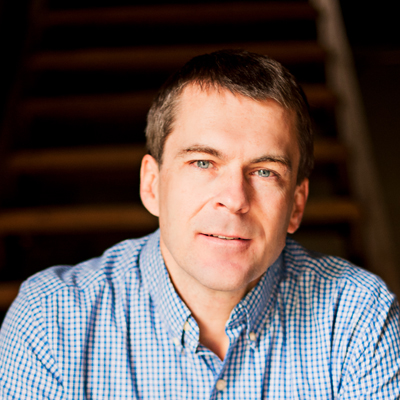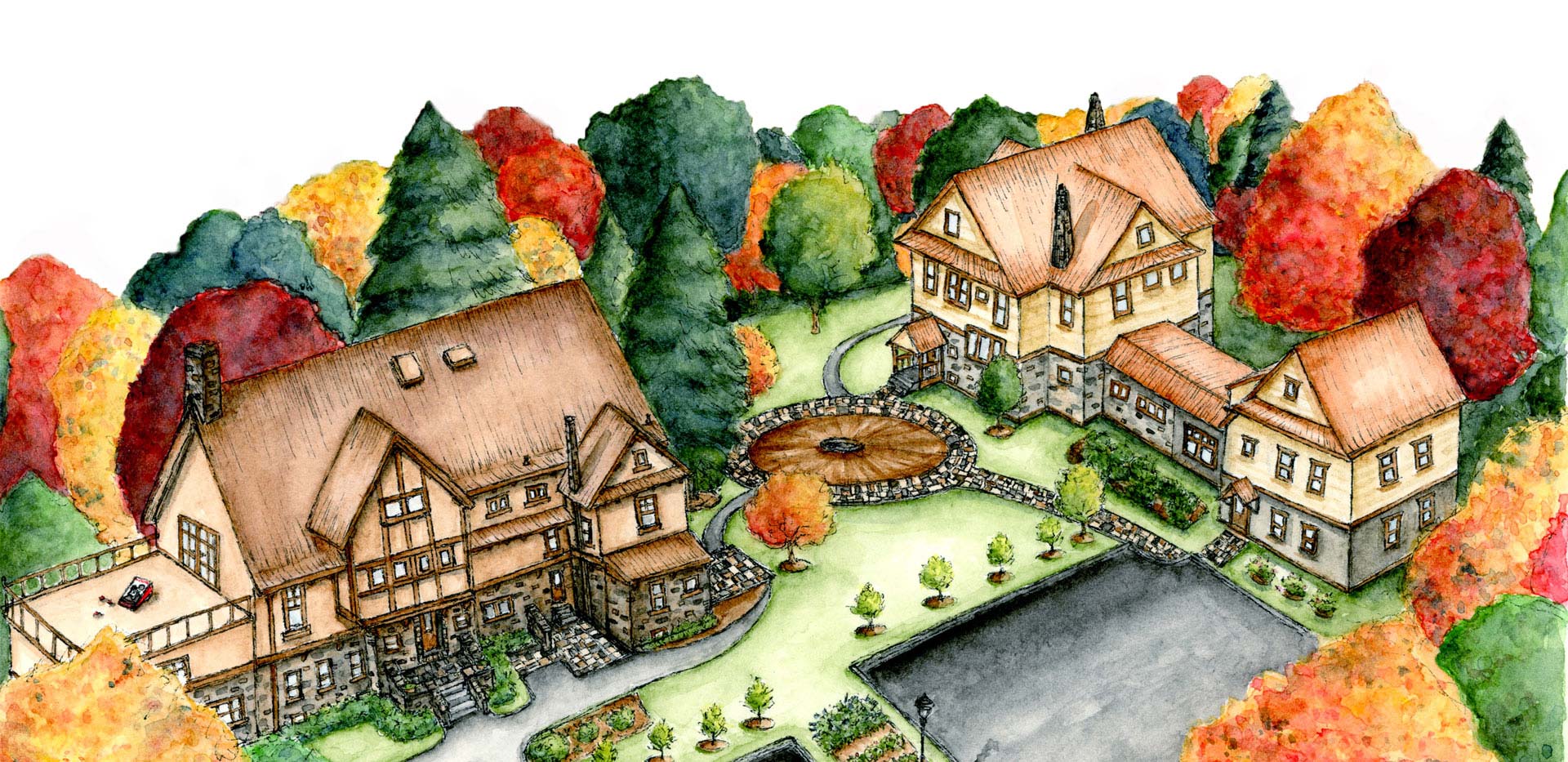In my previous place of employment, we used a database system that caused no end of headaches for its various glitches. Each time a problem was fixed, two more were introduced. Above the server that housed the program was a Post-It note with a message from the developer: “I cannot foresee any further problems at this time.” It was a decade old.
At Chesterton House, we affirm students in engineering and applied disciplines by teaching that part of what it means to be human is to create and develop technology. God placed Adam and Eve in a garden “to work it and keep it,” and though building bridges and developing software may seem far removed from agricultural work, nearly all labor may be understood as part of this cultural mandate. And yet, technology can also be applied toward harmful ends or, as in the case of our dreadful database, entail unforeseen consequences. Given this beautiful-yet-broken characteristic of life, our posture toward technology should be affirmative and cautious.
Most of us, I suspect, tend to be either affirmative or cautious. Technological optimists praise access to new information, while pessimists decry the shallowness of that same information. (“We are in great haste to construct a magnetic telegraph from Maine to Texas,” Thoreau famously said, “but Maine and Texas, it may be, have nothing important to communicate.”) As different at they seem, technological optimists and pessimists both tend to evaluate new media according to their content–whether we’re talking about papyrus or Pinterest, the information transmitted is what matters.
Following Marshal McLuhan, however, some scholars say it’s not just the information or content that matters but rather the technology itself, for the very technologies we create in turn reshape or re-create us. Two important books on emerging technologies’ impact on everyday life include Felicia Wu Song’s Virtual Communities: Bowling Alone, Online Together (Peter Lang, 2009), and Nicholas Carr’s The Shallows: What the Internet is Doing to Our Brains (Norton, 2010). Although search engines are a great boon, Carr writes, they come at a cost to our capacity for concentration and contemplation. “Once I was a scuba diver in the sea of words. Now I zip along the surface like a guy on a Jet Ski.” The computer screen, he writes, echoing McLuhan, “is so much our servant that it would seem churlish to notice that it is also our master.”
Song is interested in the relationship between online communication and ideals of community. That social media connects us to old friends and distant colleagues is a boon. But just as Carr observes the impact of search engines on our concentration and contemplation, Song documents the social cost of social media. Facebook and LinkedIn, for example, not only make it easier to connect with those far away, but also to avoid cubicle mates and next door neighbors. All of which raises the question: are virtual communities real communities?
Skillfully situating her reflections in the broader context of work by scholars such as Amitai Etzioni, Neil Postman, and Robert Putnam, Song draws insightful conclusions. While social media helps us to adapt existing relationships “to challenges posed by the social realities of geographic distance and the task-cluttered lives that contemporary Americans seem to have,” she writes, the irony is that “while these technologies help us confront the challenges of modernism in these ways, they also serve to exacerbate these conditions and even radicalize them.”
On the eve of Easter, one wonders: since the way of Christ is cruciform — i.e., shaped and formed by the cross — what implications might this have for our engagement with technology?
This is precisely the sort of question we are interested in raising at Chesterton House, and the sort of question that links our public lectures with the emphasis on spiritual formation in our residential communities. We look forward to Song joining us this coming week to give the Alan T. and Linda M. Beimfohr Lecture, entitled “Facebook, Friendship, and the Search for Real Community.” We don’t know exactly what she will be sharing, but given most students’ uncritical engagement with social media, we suspect it will go much further than “I cannot foresee any further problems at this time.”
“In a large community, we can choose our companions. In a small community, our companions are chosen for us… There is nothing really narrow about the clan; the thing which is really narrow is the clique.”
— G.K. Chesterton


